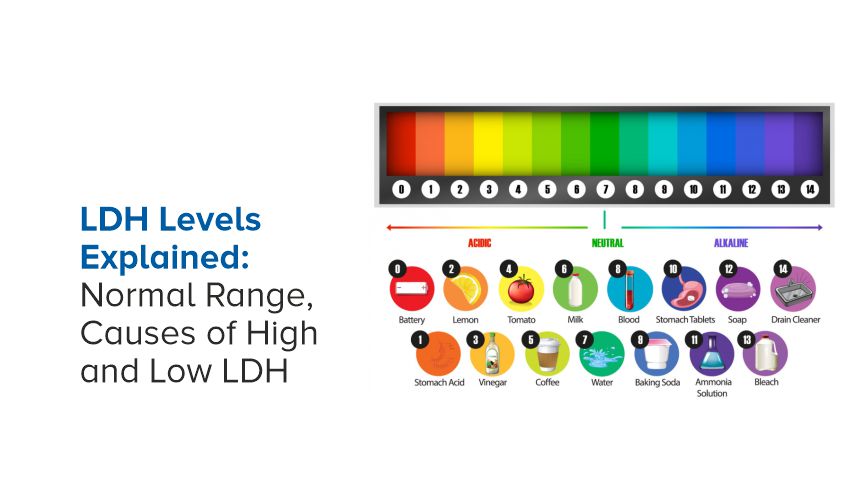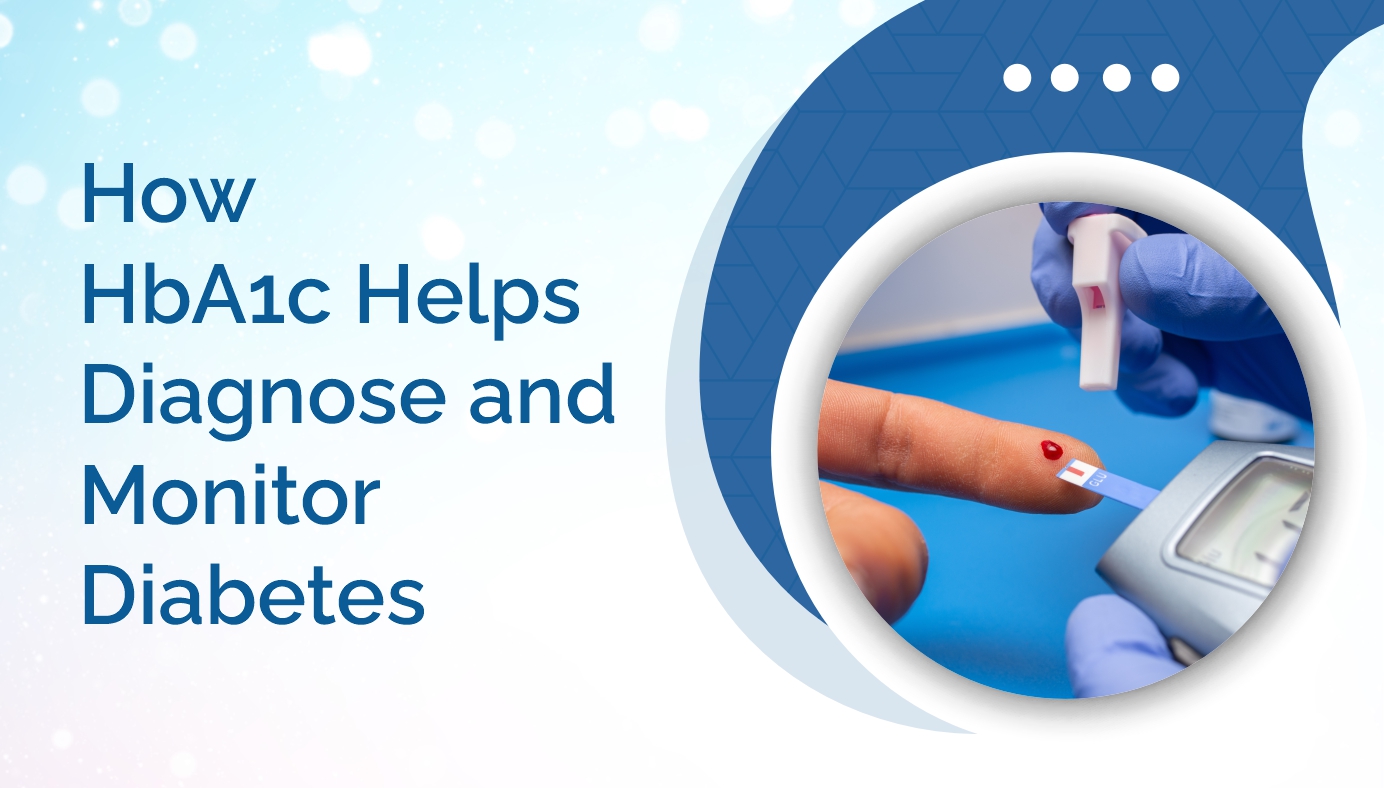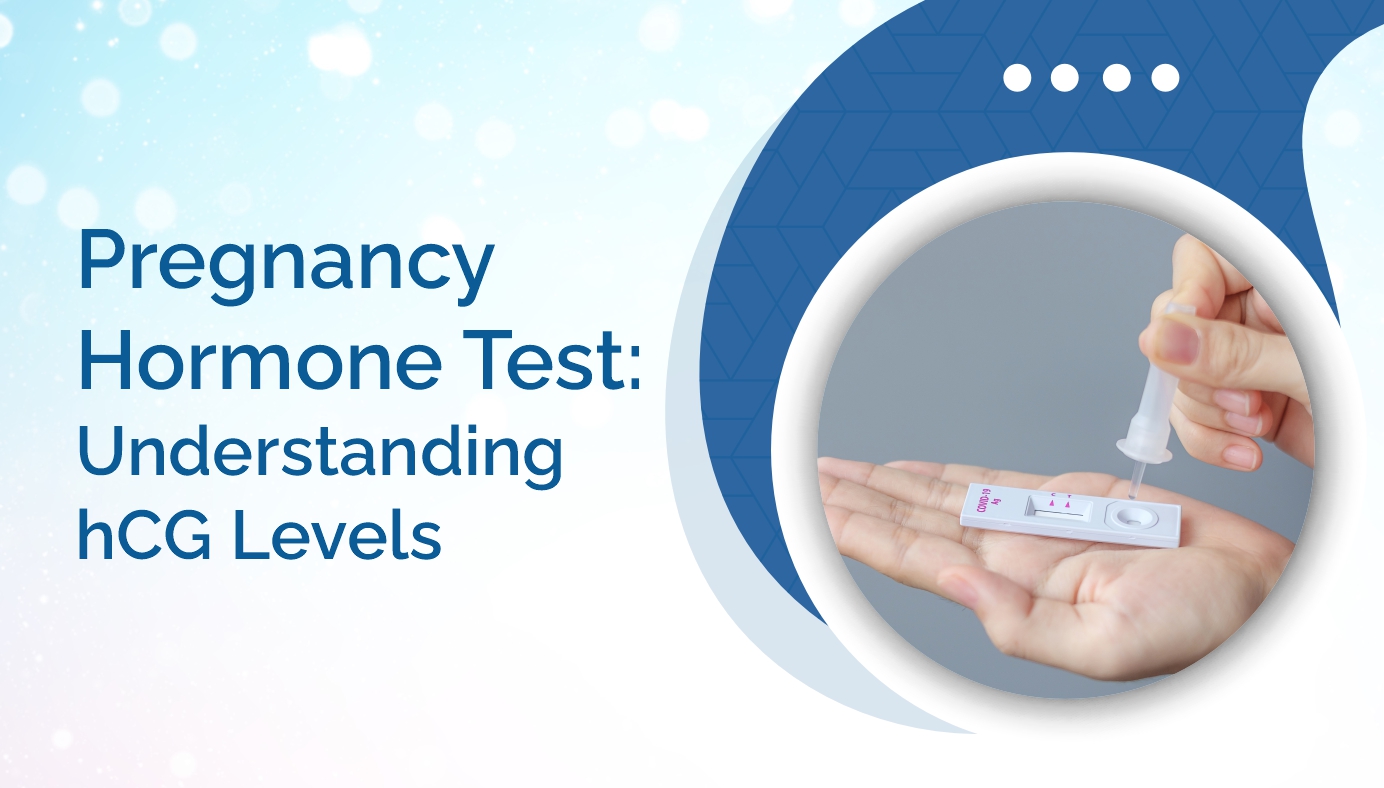


Condition
- Top tests
- Top tests
- Lifestyle Packages
- Infectious
- Preventive Health Checkup
- Diabetes
- Diabetes
- Preventive Health Checkup
- Top tests
- Top tests
- Heart Disease & Hypertension
- Lifestyle Packages
- Preventive Health Checkup
- Diabetes
- Diabetes
- Preventive Health Checkup
- Preventive Health Checkup
- Top tests
- Lifestyle Packages
- Diabetes
- Preventive Health Checkup
- Top tests
- Lifestyle Packages
- Diabetes
- Diabetes
- Diabetes
- Diabetes
- Diabetes
- Diabetes
- Preventive Health Checkup
- Preventive Health Checkup
- Diabetes
- Preventive Health Checkup
- Preventive Health Checkup
- Genomics
- Others
- Others
- Others
- Preventive Health Checkup
- Pulmonary / Infectious
- Diabetes
- Diabetes
- Others
- Preventive Health Checkup
- Others
- Preventive Health Checkup
- Top tests
- Others
- Genetics
- Others
- Gastrointestinal / Skeletomuscular
- Gastrointestinal / Skeletomuscular
- Others
- Others
- Others
- Others
- Others
- Others
- Others
- Others
- Others
- Others
- Others
- Others
- Others
- Others
- Others
- Others
- Others
- Others
- Others
- Others
- Others
- Others
- Others
- Others
- Others
- Others
- Others
- Others
- Others
- Others
- Others
- Others
- Others
- Others
- Others
- Others
- Others
- Others
- Others
- Others
- Others
- Others
- Others
- Others
- Others
- Others
- Others
- Others
- Others
- Others
- Others
- Others
- Others
- Others
- Others
- Others
- Others
- Others
- Others
- Others
- Others
- Others
- Others
- Others
- Others
- Others
- Top tests
- Top tests
- Top tests
- Top tests
- Top tests
- Top tests
- Top tests
- Top tests
- Top tests
- Preventive Health Checkup
- Top tests
- Top tests
- Top tests
- Top tests
- Blood Banking & Transfusion
- Lifestyle Packages
- Blood Banking & Transfusion
- Blood Banking & Transfusion
- Top tests
- Top tests
- Lifestyle Packages
- Diabetes
- Blood Banking & Transfusion
- Blood Banking & Transfusion
- Blood Banking & Transfusion
- Blood Banking & Transfusion
- Blood Banking & Transfusion
- Others
- Others
- Others
- Others
- Blood Banking & Transfusion
- Blood Banking & Transfusion
- Blood Banking & Transfusion
- Blood Banking & Transfusion
- Vitamin Deficiency
- Vitamin Deficiency
- Vitamin Deficiency
- Vitamin Deficiency
- Vitamin Deficiency
- Blood Banking & Transfusion
- Blood Banking & Transfusion
- Blood Banking & Transfusion
- Blood Banking & Transfusion
- Diabetes
- Diabetes
- Heart Disease & Hypertension
- Preventive Health Checkup
- Diabetes
- Preventive Health Checkup
- Preventive Health Checkup
- Diabetes
- Diabetes
- Heart Disease & Hypertension
- Top tests
- Heart Disease & Hypertension
- Diabetes
- Top tests
- Diabetes
- Heart Disease & Hypertension
- Lifestyle Packages
- Heart Disease & Hypertension
- Lifestyle Packages
- Heart Disease & Hypertension
- Heart Disease & Hypertension
- Lifestyle Packages
- Preventive Health Checkup
- Preventive Health Checkup
- Top tests
- Preventive Health Checkup
- Heart Disease & Hypertension
- Heart Disease & Hypertension
- Heart Disease & Hypertension
- Top tests
- Top tests
- Lifestyle Packages
- Heart Disease & Hypertension
- Heart Disease & Hypertension
- Top tests
- Heart Disease & Hypertension
- Preventive Health Checkup
- Diabetes
- Lifestyle Packages
- Heart Disease & Hypertension
- Top tests
- Heart Disease & Hypertension
- Heart Disease & Hypertension
- Diabetes
- Lifestyle Packages
- Preventive Health Checkup
- Diabetes
- Top tests
- Diabetes
- Allergy
- Heart Disease & Hypertension
- Diabetes
- Heart Disease & Hypertension
- Diabetes
- Lifestyle Packages
- Lifestyle Packages
- Top tests
- Preventive Health Checkup
- Lifestyle Packages
- Preventive Health Checkup
- Preventive Health Checkup
- Diabetes
- Top tests
- Heart Disease & Hypertension
- Preventive Health Checkup
- Top tests
- Heart Disease & Hypertension
- Lifestyle Packages
- Lifestyle Packages
- Diabetes
- Preventive Health Checkup
- Top tests
- Diabetes
- Top tests
- Preventive Health Checkup
- Preventive Health Checkup
- Preventive Health Checkup
- Diabetes
- Lifestyle Packages
- Lifestyle Packages
- Heart Disease & Hypertension
- Lifestyle Packages
- Heart Disease & Hypertension
- Lifestyle Packages
- Preventive Health Checkup
- Preventive Health Checkup
- Preventive Health Checkup
- Lifestyle Packages
- Top tests
- Lifestyle Packages
- Top tests
- Lifestyle Packages
- Top tests
- Diabetes
- Diabetes
- Others
- Blood Disorders
- Top tests
- Others
- Others
- Others
- Fever
- Fever
- Blood Disorders
- Blood Disorders
- Preventive Health Checkup
- Preventive Health Checkup
- Profile
- Kidney Disease
- Kidney Disease
- Diabetes
- Diabetes
- Heart Disease & Hypertension
- Preventive Health Checkup
- Lifestyle Packages
- Thyroid Disorder
- Diabetes
- Diabetes
- Diabetes
- Diabetes
- Diabetes
- Diabetes
- Diabetes
- Top tests
- Allergy
- Top tests
- Top tests
- Top tests
- Top tests
- Diabetes
- Top tests
- Diabetes
- Top tests
- Top tests
- Top tests
- Liver Disease
- Diabetes
- Top tests
- Vitamin Deficiency
- Top tests
- Top tests
- Liver Disease
- Top tests
- Top tests
- Top tests
- Anemia
- Anemia
- Anemia
- Diabetes
- Diabetes
- Anemia
- Top tests
- Top tests
- Top tests
- Preventive Health Checkup
- Thyroid Disorder
- Heart Disease & Hypertension
- Top tests
- Preventive Health Checkup
- Diabetes
- Heart Disease & Hypertension
- Top tests
- Fever
- Allergy
- Liver Disease
- Lifestyle Packages
- Heart Disease & Hypertension
- Top tests
- Arthritis
- Top tests
- Top tests
- Heart Disease & Hypertension
- Kidney Disease
- Preventive Health Checkup
- Allergy
- Top tests
- Lifestyle Packages
- Top tests
- Kidney Disease
- Top tests
- Lifestyle Packages
- Top tests
- Preventive Health Checkup
- Preventive Health Checkup
- Top tests
- Top tests
- Vitamin Deficiency
- Allergy
- Diabetes
- Top tests
- Top tests
- Top tests
- Top tests
- Heart Disease & Hypertension
- Allergy
- Top tests
- Preventive Health Checkup
- Top tests
- Top tests
- Infertility
- Top tests
- Lifestyle Packages
- Allergy
- Diabetes
- Heart Disease & Hypertension
- Lifestyle Packages
- Preventive Health Checkup
- Preventive Health Checkup
- Top tests
- Preventive Health Checkup
- Top tests
- Diabetes
- Top tests
- Infertility
- Top tests
- Thyroid Disorder
- Top tests
- Allergy
- Preventive Health Checkup
- Vitamin Deficiency
- Top tests
- Top tests
- Infertility
- Lifestyle Packages
- Diabetes
- Liver Disease
- Kidney Disease
- Vitamin Deficiency
- Top tests
- Heart Disease & Hypertension
- Heart Disease & Hypertension
- Top tests
- Heart Disease & Hypertension
- Heart Disease & Hypertension
- Heart Disease & Hypertension
- Infertility
- Heart Disease & Hypertension
- Vitamin Deficiency
- Vitamin Deficiency
- Arthritis
- Arthritis
- Top tests
- Top tests
- Lifestyle Packages
- Preventive Health Checkup
- Lifestyle Packages
- Preventive Health Checkup
- Vitamin Deficiency
- Top tests
- Lifestyle Packages
- Lifestyle Packages
- Preventive Health Checkup
- Top tests
- Preventive Health Checkup
- Top tests
- Heart Disease & Hypertension
- Infertility
- Top tests
- Top tests
- Preventive Health Checkup
- Lifestyle Packages
- Top tests
- PCOD
- Preventive Health Checkup
- Lifestyle Packages
- Preventive Health Checkup
- Top tests
- Fever
- PCOD
- Kidney Disease
- Top tests
- Top tests
- Preventive Health Checkup
- Preventive Health Checkup
- Liver Disease
- Thyroid Disorder
- Top tests
- Heart Disease & Hypertension
- PCOD
- Top tests
- Arthritis
- Preventive Health Checkup
- Kidney Disease
- Lifestyle Packages
- Top tests
- Allergy
- Top tests
- Top tests
- Diabetes
- Thyroid Disorder
- Preventive Health Checkup
- Top tests
- Lifestyle Packages
- Preventive Health Checkup
- Top tests
- Kidney Disease
- Liver Disease
- Infertility
- Top tests
- Anemia
- Top tests
- Top tests
- Top tests
- Preventive Health Checkup
- Bone Health
- Cancer
- Fatty Liver

Tests
Understanding LDH levels is crucial for interpreting various health conditions. LDH, or lactate dehydrogenase, is an enzyme found in nearly every cell of your body. It plays a vital role in energy production, but its levels in the blood can provide critical insights into tissue health and possible diseases.
What is LDH?
Lactate dehydrogenase (LDH) is an enzyme that plays a role in cellular energy production. Specifically, it helps convert sugar into energy, something your cells require to function. Because LDH is present in most body tissues—including the heart, liver, lungs, muscles, kidneys, and even red blood cells—we can learn a lot by analysing its levels in the blood.
When tissues are damaged or cells die, LDH is released into the bloodstream. This makes LDH a general marker for tissue damage or organ injury, though it is not specific to one condition. Health professionals often use LDH levels, alongside other tests, to help diagnose and monitor diseases.
Understanding Normal LDH Levels
LDH levels are measured through a blood test or sometimes a fluid test (for example, in the case of pleural or cerebrospinal fluids). The normal range for LDH can vary depending on the individual, their age, and the lab performing the test. These levels typically fall within these ranges for adults:
Normal LDH Range (Serum or Plasma)
140 to 280 units per liter (U/L)
It’s important to remember that "normal" levels can vary between labs based on their methods of analysis, so always consult your healthcare provider about your specific results.
Causes of High LDH Levels
High LDH levels often signal tissue damage or an underlying health issue. Below are some of the most common conditions and factors that can elevate LDH levels.
1. Tissue or Cell Damage
LDH is commonly elevated in response to damage to tissues or cells. Injuries, infections, and diseases that destroy cells cause LDH to leak into the blood.
Examples include:
- Heart Attack – Following a heart attack, damaged cardiac cells release LDH into the bloodstream.
- Liver Disease – Conditions like hepatitis or cirrhosis can increase LDH levels due to liver cell damage.
- Muscle Injuries – Strains, tears, or conditions like rhabdomyolysis may increase LDH.
2. Cancer
Elevated LDH may signal certain cancers, including lymphoma, leukemia, or metastatic cancers. High LDH can indicate advanced stages of cancer or active tumor growth, as cancerous cells die and release LDH.
3. Hemolysis (Destruction of Red Blood Cells)
Conditions that break down red blood cells, such as hemolytic anemia, can elevate LDH levels.
4. Severe Infection
Systemic infections, such as sepsis or meningitis, can damage tissues and elevate LDH as the body battles the infection.
5. Lung or Respiratory Issues
LDH levels can also increase due to damage from conditions like pneumonia, pulmonary embolisms, or chronic obstructive pulmonary disease (COPD).
6. Other Causes
Other potential causes include pancreatitis, kidney disease, and autoimmune disorders like lupus. Certain medications can also affect LDH levels, so it’s important to include your medication history when interpreting results.
Causes of Low LDH Levels
While less common, LDH levels can also fall below the normal range. Low LDH levels are usually not considered a significant health issue on their own but may provide additional insights when combined with other tests.
Potential Causes of Low LDH Levels:
- Excess Vitamin C Intake: Large doses of vitamin C supplementation can sometimes lower LDH levels.
- Advanced Cancer Treatment: Chemotherapy drugs may suppress LDH production in rare cases.
- Inherited Conditions: A rare genetic mutation known as LDH deficiency can result in consistently low levels.
Low LDH levels rarely signal a clinical concern. However, unusual results should always be assessed in the broader context of your overall health.
Why Your Doctor Might Order an LDH Test
Medical professionals use LDH levels when they suspect tissue damage, organ injury, or other underlying conditions. Here are some common situations where an LDH test might be used:
- Monitoring Progress: Following recovery from tissue damage, healthcare providers use LDH levels to ensure healing is progressing as expected.
- Diagnosing a Condition: LDH levels might form part of a diagnostic workup when unexplained symptoms are present, such as fatigue, swelling, or pain.
- Assessing Chronic Diseases: Conditions like liver or kidney disease are often monitored using LDH as one metric of organ function.
- Fluid Analysis: If a doctor is analyzing specific fluids (e.g., cerebrospinal fluid or pleural fluid), LDH testing can help determine the cause of abnormalities, including infections or malignancies.
What to Do if Your LDH Levels Are Abnormal
An abnormal LDH level is typically a sign that further investigation is needed. Here are some steps you might take if your LDH levels fall outside the normal range:
1. Consult Your Healthcare Provider
Your doctor will interpret your LDH results in the context of other tests and your symptoms. Never self-diagnose based on LDH levels alone.
2. Follow-Up Testing
Additional testing might be recommended to pinpoint the cause of abnormal LDH levels. This may include imaging, more specific bloodwork, or other diagnostic tools.
3. Lifestyle Adjustments
Sometimes, abnormal LDH levels can be tied to lifestyle factors such as alcohol consumption, high physical stress, or medication side effects. Simple lifestyle changes may help bring levels back to normal.
4. Treatment of Underlying Conditions
If an underlying condition is detected, addressing it directly typically normalizes LDH levels. For instance, treating anemia, managing infections, or controlling chronic diseases will generally stabilize LDH levels.
Conclusion
Understanding LDH levels is an essential piece of the diagnostic puzzle. While an LDH test cannot independently diagnose a condition, it offers valuable clues about your overall tissue health and organ function.
If your LDH levels are abnormal, don’t panic. Work with your healthcare provider to determine the underlying cause and create a plan moving forward. With appropriate testing, contextual insights, and proper care, LDH levels can aid in achieving better health outcomes.
WANT TO BOOK HEALTH CHECKUP ?
Categories
Top tests
107
Lifestyle Packages
39
Infectious
1
Preventive Health Checkup
59
Diabetes
54
Heart Disease & Hypertension
38
Genomics
1
Others
81
Pulmonary / Infectious
1
Genetics
1
Gastrointestinal / Skeletomuscular
2
Blood Banking & Transfusion
16
Vitamin Deficiency
12
Allergy
9
Blood Disorders
3
Fever
4
Profile
1
Kidney Disease
8
Thyroid Disorder
5
Liver Disease
6
Anemia
5
Arthritis
4
Infertility
6
PCOD
3
Bone Health
1
Cancer
1
Fatty Liver
1
Recent Blogs
Coagulation Profile (PT, aPTT): Understanding Blood Clotting Tests
Hemostasis, widely known as blood clotting, is a sophisticated physiological process that...
30-12-2025
How HbA1c Helps Diagnose and Monitor Diabetes
Managing diabetes effectively requires consistent monitoring of blood sugar levels. While...
30-12-2025
Pregnancy Hormone Test: Understanding hCG Levels
Seeing those two pink lines or a flashing "Pregnant" on a digital display is a life-changing...
29-12-2025





.jpg)

